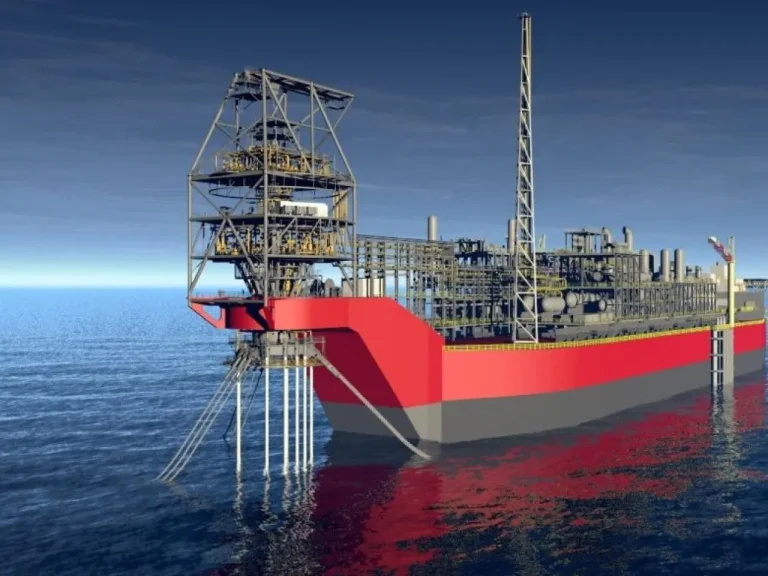Senegal Rises in Global Energy Market with Record Oil Output from Sangomar Field
Edited by : Widad WAHBI
Senegal continues to strengthen its position in the international energy market, recording a notable increase in oil production from the offshore Sangomar field, according to the Ministry of Energy, Petroleum and Mining.
In its official update shared via its X (formerly Twitter) account, the ministry reported that Sangomar’s crude oil output reached 3.11 million barrels in January 2025. The newly released “Sangomar Production Report – January 2025” also indicated that three cargoes totaling 2.89 million barrels were exported to global markets, reflecting growing international demand for Senegalese crude.
For the year 2025, the ministry projects total production to reach approximately 30.53 million barrels, maintaining a steady output rate of 100,000 barrels per day, as part of a strategic plan to optimize national energy resources.
In comparison, crude oil production in December 2024 stood at 2.96 million barrels, with exports totaling 2.94 million barrels, maintaining a strong export performance. The annual production for 2024 amounted to 16.9 million barrels, significantly surpassing the initial target of 11.7 million barrels, highlighting improvements in operational efficiency and production capacity.
Senegal officially became an oil-producing country in June 2024 with the launch of commercial operations at the Sangomar offshore field, located approximately 100 kilometers off the coast of Dakar. The field is operated by Australia’s Woodside Energy.
In parallel with oil production, Senegal is advancing its regional energy role through the Tortue-Ahmeyim offshore gas field, a joint project with Mauritania, which holds an estimated 100 trillion cubic feet of gas and is expected to produce 2.5 million tonnes of liquefied natural gas (LNG) annually in its first phase.
Senegal’s natural resource wealth extends beyond hydrocarbons. The country holds notable reserves of titanium, which generated $157 million in 2022, and gold exports exceeding $960 million annually, in addition to zircon exports valued at approximately $112 million.
The mining sector represents the second-largest source of foreign currency, accounting for around 20% of the country’s total exports, according to unofficial estimates.
-

Tinubu urges youth to lead Nigeria’s digital transformation
Edited by: Fatima BabadinThe digital era stands at the heart of Nigeria’s aspirations for growth, as President Bola Ahmed Tinubu... West Africa - Sahel -

West Africa: A Legislative Bridge Rises Across the Mano River
Edited by: Fatima BabadinIn a bold stride toward regional integration, Sierra Leone, Liberia, Côte d’Ivoire, and Guinea have formally launched... West Africa - Sahel -

Tragedy in Zamfara: 35 Hostages Killed Despite Ransom Payment
Edited By: Tendai Zola In a horrifying escalation of violence in northwest Nigeria, armed kidnappers have executed 35 villagers in Banga,... Security trends -

Caribbean Turns to Africa for Trade Stability Amid Western Economic Uncertainty
Edited By: Tendai Zola The Caribbean region is increasingly turning toward Africa to diversify its trade relationships and reduce dependence on... Economy -

Ghana Mourns Highlife Legend Daddy Lumba, President Mahama Promises State Funeral
Edited By: Aminata Diallo Ghana is in mourning following the death of iconic highlife musician Daddy Lumba, who passed away on... Culture -

Nigerian Ferry Tragedy Kills 13 as Rescue Efforts Hindered by Bandit Violence
Edited By : Tendai ZolaAt least 13 people lost their lives on Sunday in a tragic ferry accident on the... Security trends

 Follow the latest news on WhatsApp
Follow the latest news on WhatsApp  Follow the latest news on Telegram
Follow the latest news on Telegram  Follow the latest news on Google News
Follow the latest news on Google News  Follow the latest news on Nabd
Follow the latest news on Nabd 

















